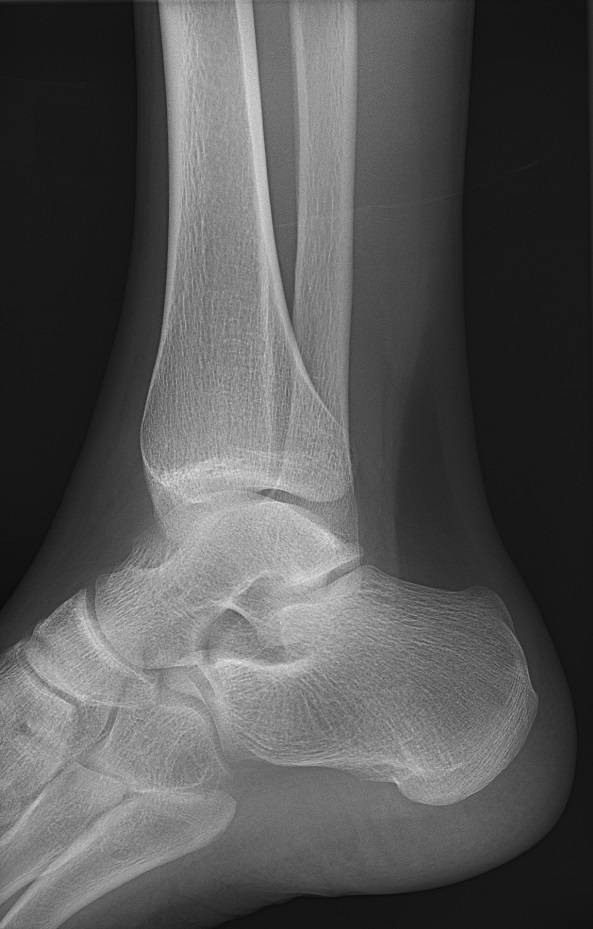

The foot musculature grows increasingly weaker as a result and one begins to compensate with an undesirable ‘rollover’ while walking. Stiff shoes greatly limit the foot’s freedom of movement. Poor footwear or hard surfaces are usually the reasons for an ‘incorrect rollover’. The right way would be to ‘push off’ over the big toe. Often, the affected individual rolls over the outside edge of the foot while walking. The resulting effects are: painful overstretching of the transverse interosseus ligament, increase in weight on the middle metatarsal heads, callus formations on the plantar surfaces of the heads and bruising of the plantar aspect of the capsule of the metatarsophalangeal joints i.e.Subsequently, the talus is pressed downwards, and the metatarsals experience an upwards pressure, leading to excessive horizontal play and the transverse arch flattening. Too much weight on the midfoot leads to excessive dorsiflexion of the Lisfranc’s joint.Splayfoot occurs majorly in women who wear high heels.Splay foot usually accompanies a midtarsal strain. The mechanism of splayfoot results in intrinsic muscles weakness and intermetatarsal ligaments weakness. Due to this pain, the normal rolling mechanism of the foot is disturbed and patients instinctively wrongly position their foot, causing the shoe to become crooked and bend outwardly. This is often accompanied by a painful callused protrusion that is tender under pressure. Splayfoot is a term used to describe the spreading of the metatarsal bones (forefoot), hence resulting in the disappearance of the transverse arch of the foot. Rheumatoid arthritis: Thickened synovium with a complex ‘thick’ joint effusion, pannus & associated boney iregularity.Splay foot Definition.Osteoarthritis: Bony irregularity at the bone ends with joint effusion.May see tophaceous gout as a complex echogenic mass (tophus) in the soft Gout: Abnormal uric acid metabolism resulting in joint inflammation.

Normal foot xray skin#
It may be helpful to mark the location and orientation of the foreign body on the skin to guide removal. Identify the plane of tissue it is in, how close it is to the entry wound and to any blood vessels. There will usually be a surrounding hypoechoic halo representing an inflammatory reaction Some materials will be poorly reflective and almost invisible unless the beam is perpendicular to them. The plantar plate is readily seen as a homogeneous elongated wedge arising from the base of the proximal phalanx extending under the head of the metatarsalĬheck for tears, calcification and heterogeneity (suggesting degeneration)Įnsure you approach the proposed site of the foreign body from different angles. Scan in longitudinal over the plantar aspect of the metatarso-phalageal joints. It will be seen to bulge out the plantar aspect and correspond to the Mulder’s click. Similarly, a thickened intermetatarsal bursa will be a hypoechoic area between the metatarsal heads but will be compressible and avascular. Use a knuckle of your gripping hand to simultaneously apply pressure between the metatarsal heads as you squeeze across the foot.Ī Morton’s neuroma will be seen as a non compressible, hypoechoic rounded mass at the metatarsal head interspace. This involves gripping across the anterior forefoot whilst scanning the plantar aspect. Utilise the ‘Mulder’s technique’ to elicit a click and visualise any correlating pathology. Scan in transverse across the plantar aspect of the metatarsal heads. They may be subtle and more numerous than can be palpated.īegin by scanning each metatarso-phalangeal joint for effusions, synovial thickenings or ganglia. Follow the plantar fascia into the arch and look for fusiform, nodular thickenings. The patient will generally present with on or more palpable thickenings in the arch of their foot. The plantar fascia will be seen as a fibrillar structure inserting onto the calcaneum (See pic). Place the probe over the midline of the heel on the plantar aspect. Patient prone on bed, foot flexed with toes on the bed for support. For example images, click here to goto the Foot pathology page.


 0 kommentar(er)
0 kommentar(er)
